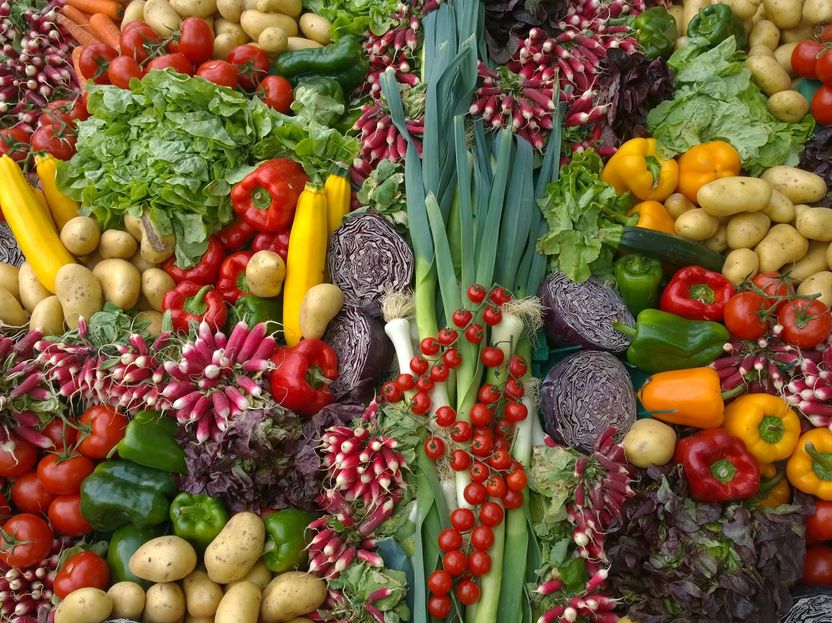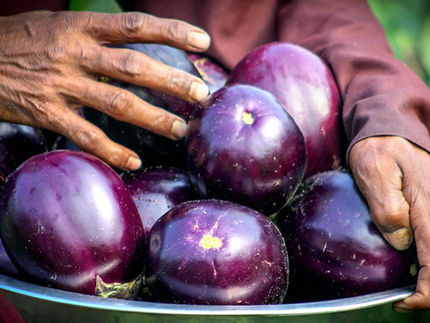Policy recommendations offer strategies to close ‘significant gaps’ in nutrition security
New American Heart Association policy roadmap addresses inequities in nutrition, aims to ensure everyone can eat healthy.
Advertisement
What we eat and drink across our lifespan greatly impacts our heart and brain health. The American Heart Association, the leading voluntary health organization devoted to a world of longer, healthier lives for all, today published a new statement outlining policy solutions to promote equity in access to nutritious foods throughout the lifespan. The policy statement, Strengthening U.S. Food Policies and Programs to Promote Equity in Nutrition Security, published in the Association’s flagship journal Circulation, sets a new agenda to help make healthy foods within reach for all. These include working through many programs already in place to provide more nutritious foods to underserved populations.

unsplash
Many existing policies and programs focus on improving access to sufficient amounts of food. However, there is growing consensus that the focus should instead be on the broader concept of improving nutrition security, which includes having equitable and stable availability, access, affordability, and use of foods and beverages that promote well-being and prevent and treat disease. The statement encourages policies that ensure nutrition security for all people across their lifespan, and that all people have the knowledge and tools to prepare, eat and store nutritious foods.
The availability, accessibility and affordability of nutritious foods is inequitable in the United States. In 2015, 12.8% of the US population had both lower income and limited access to a grocery store, supermarket, or supercenter. Differences in diet quality contribute to socioeconomic and racial/ethnic health disparities. Compared with those with a higher income, Americans with a lower income tend to have lower diet quality, consuming fewer vegetables, fruit, and whole grains and eating more refined grains, saturated fats, and added sugars. Individuals lacking access to nutritious foods tend to be from underrepresented racial and ethnic groups and to be geographically centralized in specific parts of the United States. Lack of transportation also contributes to low access to grocery stores and supermarkets among people with low food security.
“Many factors impact whether individuals have nutritious foods available and accessible in their community and affordable for their income level. Individuals and families also need the tools and knowledge to choose and prepare healthy foods,” said Anne N. Thorndike, M.D., M.P.H., chair of the statement writing group and associate professor at Harvard Medical School and Massachusetts General Hospital. “Everyone in every community should have the ability to consume nutritious foods across their lifespan. Despite existing policies and programs, significant gaps remain for achieving equity in nutrition security. Policy changes to improve nutrition security would help millions of people live healthier lives.”
The policy statement includes recommendations for expanding and improving current policies and programs to achieve nutrition security by:
- emphasizing nutritional quality;
- improving reach;
- ensuring optimal use;
- improving coordination across programs;
- ensuring stability of access to programs across the life course;
- and ensuring equity and dignity for access and use.
The statement calls for a critical next step to develop and implement national measures of nutrition security in addition to the current US food security measures.
Achieving equity in nutrition security will require coordinated and sustained efforts at the federal, state, local and tribal levels. Future advocacy, innovation and research will be needed to expand existing food assistance policies and programs and to develop and implement new policies and programs that will improve cardiovascular health and reduce disparities in chronic disease.
This policy statement was prepared by the volunteer writing group on behalf of the American Heart Association’s Advocacy Coordinating Committee.
Co-authors are Vice Chair Christopher D. Gardner, Ph.D.; Katherine Bishop Kendrick, M.S., M.P.H.; Hilary K. Seligman M.D., MAS; Amy L. Yaroch, Ph.D.; Aldrin V. Gomes, Ph.D.; Kendra N. Ivy, M.D.; Stephanie Scarmo, Ph.D., M.P.H.; Caree Jackson Cotwright, Ph.D.; Colby Duren, J.D.; and Marlene B. Schwartz, Ph.D.
The Association receives funding primarily from individuals. Foundations and corporations (including pharmaceutical, device manufacturers and other companies) also make donations and fund specific Association programs and events. The Association has strict policies to prevent these relationships from influencing the science content. Revenues from pharmaceutical and biotech companies, device manufacturers and health insurance providers and the Association’s overall financial information are available.































































